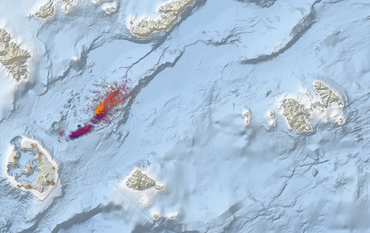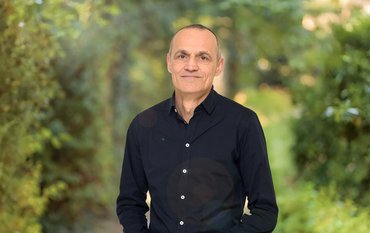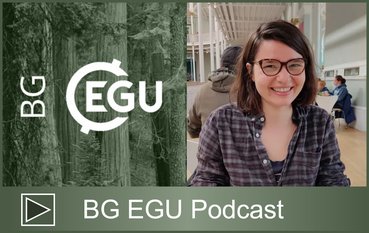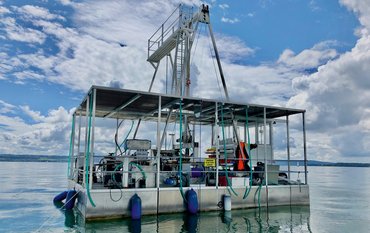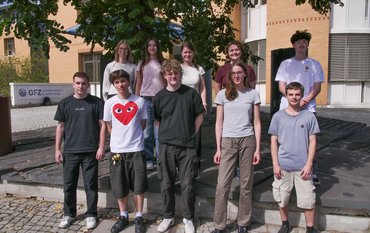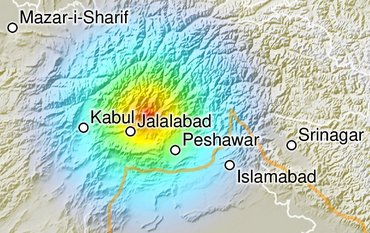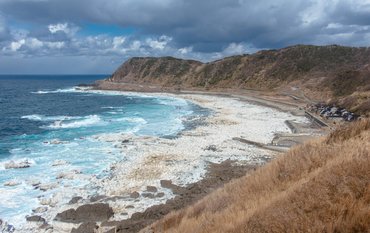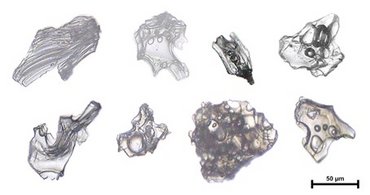On Saturday, 10 May 2025, more than 8,000 people visited the 12th Potsdam Science Day in the Science Park in Golm. Over 40 universities, schools and research institutions from Potsdam and Brandenburg presented a wide range of interesting insights into everyday scientific work. There were over 200 hands-on activities, lectures and experiments for young and old.
The GFZ Helmholtz Centre for Geosciences also attracted numerous visitors to its stands with exciting activities and information:
For the GFZ, researchers from the ‘Hydrology’ section and the school lab offered various hands-on experiments on the topic of water.
The RIFS asked: What does it take for a 1.5° lifestyle? And how do ultra-fine particles affect air quality in Europe's cities?
There was huge interest among young and old alike - in discovering and participating, but also in information and dialogue, on these topics as well as on our diverse geo-topics relating to the energy transition, such as geothermal energy and underground storage of hydrogen and CO2. Information on internships and career prospects was also in demand.
Impressions of the day can be found in the picture gallery at the top of this page.
Where does the water go when the rain falls on the ground?
The researchers in the ‘Hydrology’ section focussed on the flow of water on the land surface and in the ground beneath our feet. An augmented reality (AR) sandbox and a sediment column experiment illustrated the processes and invited visitors to experiment.
In the AR sandbox, an analogue sand landscape can be shaped with the hands as desired, the corresponding elevation model is scanned in real time, projected onto the sand and enhanced with a water flow simulation. In particular, rain, river courses and floods as well as dam breaches can be visualised in this way.
Coloured water is added to the sediment columns. Its flow through the pores of different sizes can be observed and recorded with measuring instruments. In this way, processes such as infiltration and pollutant transport can be explained.
The team on site:
Prof. Bruno Merz, Prof. Andreas Güntner, Dr. Theresa Blume, Dr. Li Han, Dr. Nithila Devi Nallasamy, Dr. Sergiy Vorogushyn, Knut Günther, Nadja Veigel, Philipp Bautz, Marc Lennartz, Aaron Buhrmann, Jörg Wummel from the ‘Hydrology’ section demonstrated effects, explained and assisted with experiments.
Discovering the secrets of water
The GFZ student laboratory focussed on the microworld of water and microfossils. Freshwater and saltwater microfossils could be viewed under the binoculars.
They provide information about the past of the waters in which they lived. Further experiments were used to investigate the properties of water in more detail.
The team on site:
Manuela Lange, Alexandra Wille and Laura Mohr from the GFZ student laboratory helped with the experiments and answered all the questions.
Emissions down! What does it take for a 1.5° lifestyle?
At the Research Institute for Sustainability (RIFS), students learnt through play how various everyday actions affect the climate. In addition to the personal path to the climate target and learning about a climate-neutral lifestyle, the climate puzzle encouraged people to think about what needs to change in society to make sustainable living easier and quicker to realise.
The team on site:
Lea Becker from RIFS puzzled and clarified all the questions.
How do ultrafine particles affect air quality in Europe's cities?
Urban areas are emission hotspots. How we TRAVEL through the city influences both emissions and pollution. In the European Net4Cities project, the monitoring phase has now begun in eleven partner cities in ten countries with 54 new devices for measuring ultrafine particles. The visitors learnt how the Net4Cities team collects the data and scientist Séan Schmitz explained why zero pollution is healthier for us all.
The team on site:
Seán Schmitz, RIFS
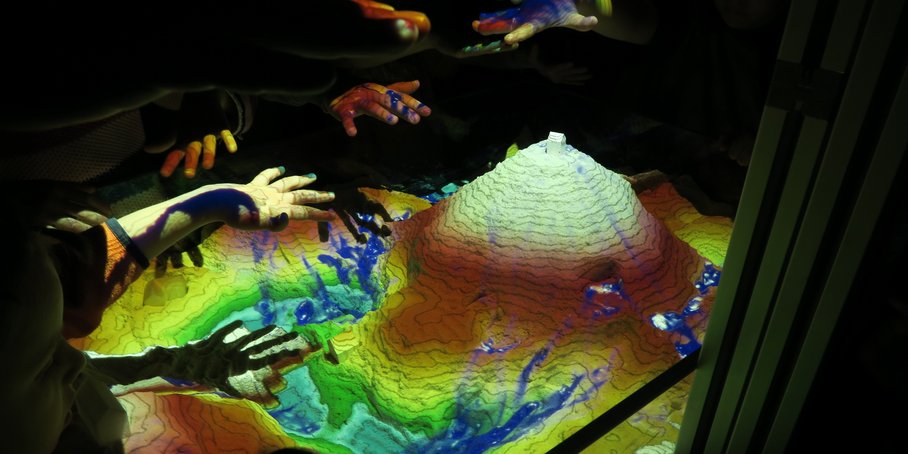
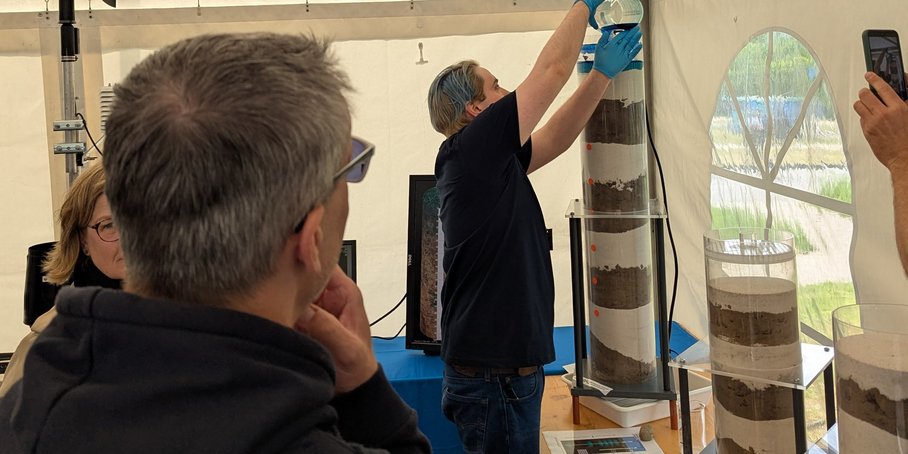
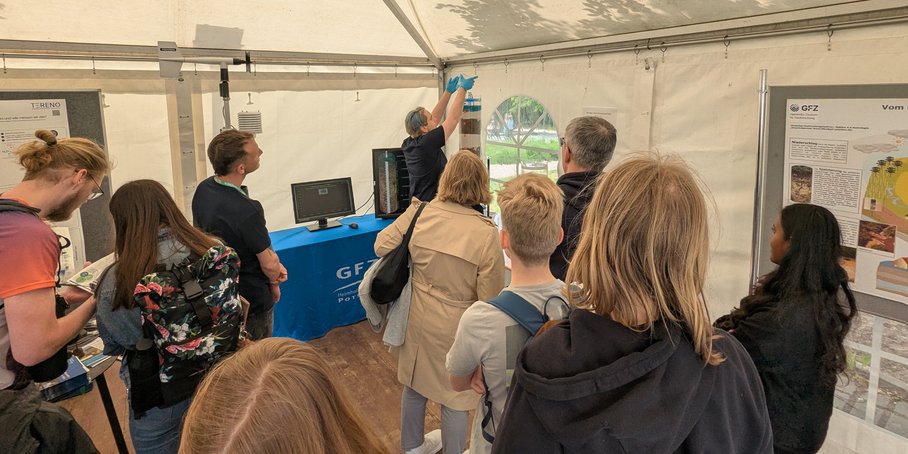
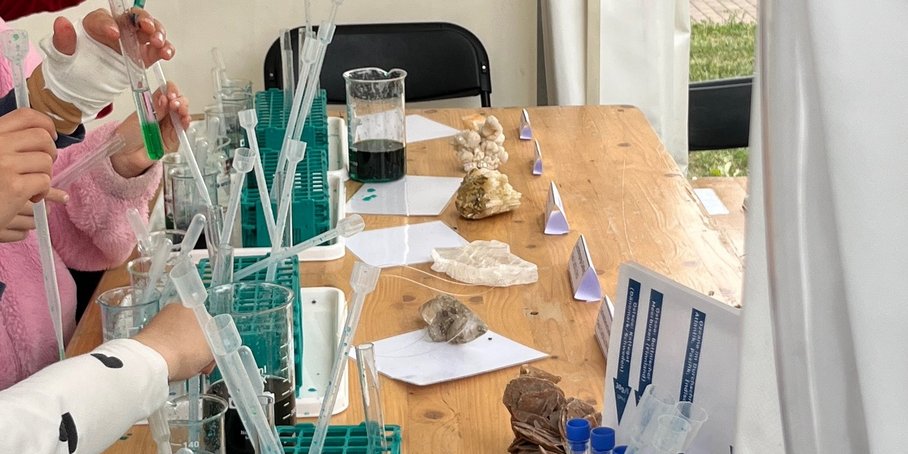

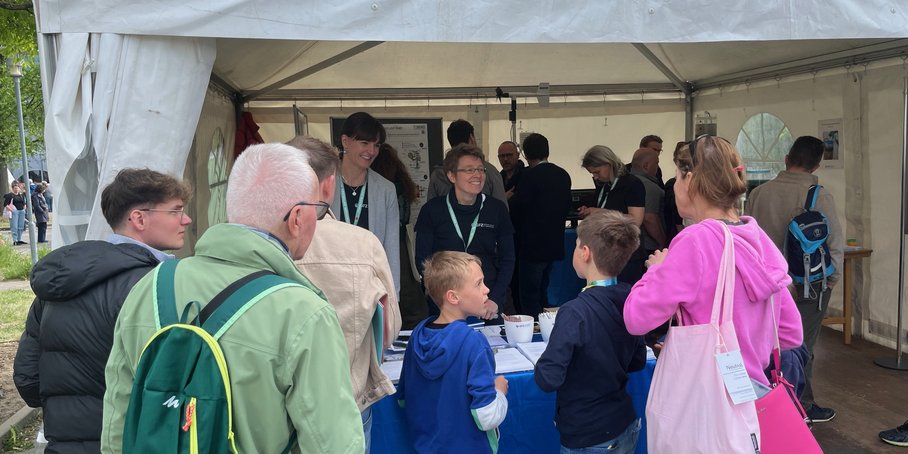
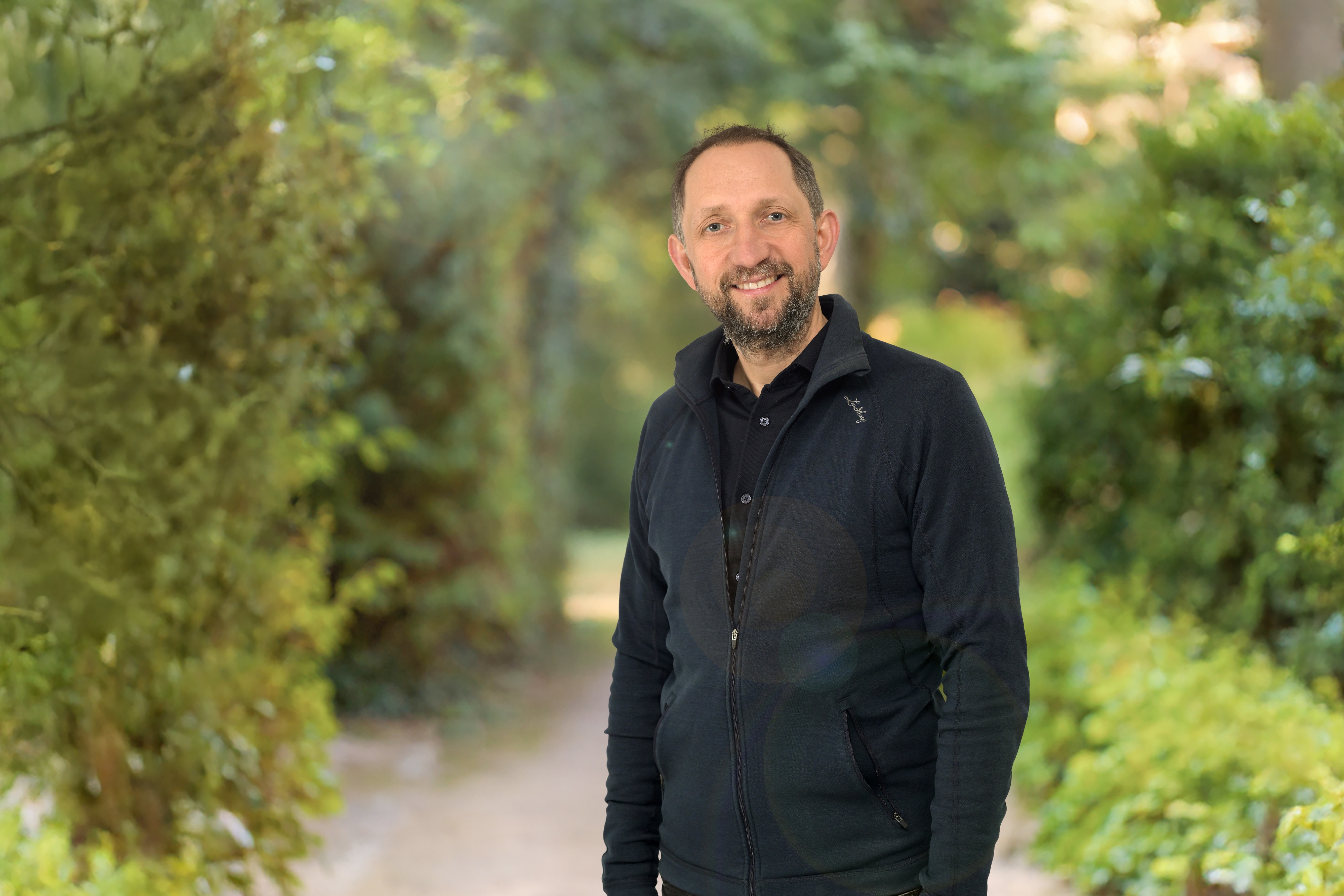
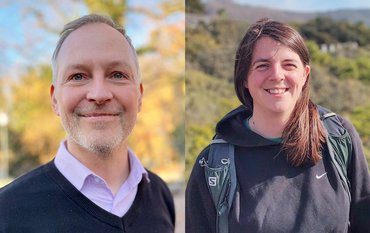
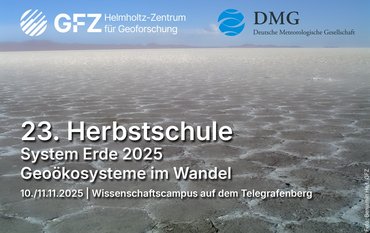
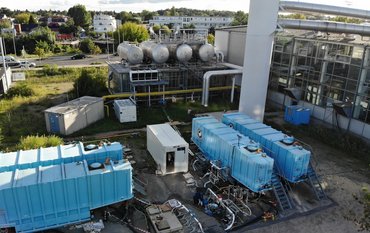
![[Translate to English:] Group photo with 8 people in a seminar room in front of a screen.](/fileadmin/_processed_/2/1/csm_20251114_News_EU-Water-Resilience-Exchange_Kreibich_c-xx_db4e5be690.jpeg)
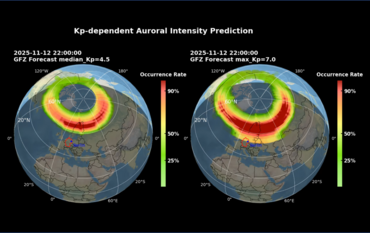

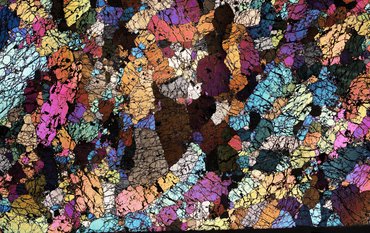
![[Translate to English:] Portrait photo, blurry background](/fileadmin/_processed_/a/2/csm_2025_11_06_JEAN_BRAUN_HE_Helmholtz_Portraits-23_2b5c35beee.jpeg)
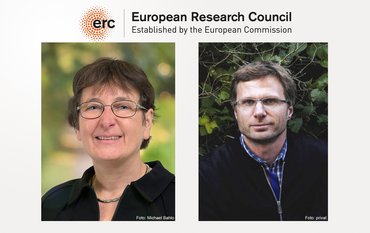
![[Translate to English:] Excerpt from a map of the Phlegraean Fields near Naples, Italy: Left: Red dots mark smartphone sensors, yellow triangles mark fixed seismological stations. Right: The area is coloured in shades of yellow, red and purple according to the amplification of seismic waves.](/fileadmin/_processed_/3/b/csm_20251028_PM_Smartphone-Earthquake_Slider_12500fa0e6.jpeg)
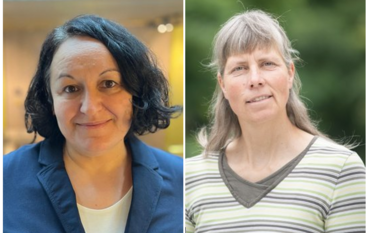
![[Translate to English:] Green background, portrait of Heidi Kreibich](/fileadmin/_processed_/1/1/csm_20251023_Kreibich-Heidi-2025-Vollformat-green_web_-c-Michael-Bahlo_72946c7fe4.jpeg)
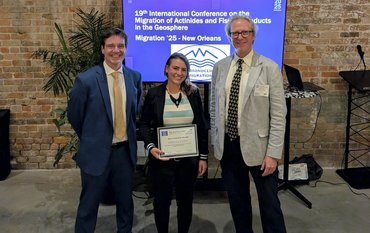
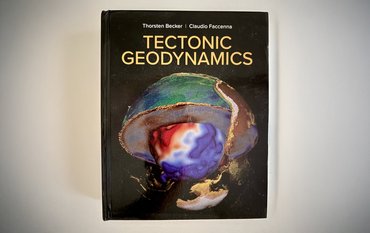
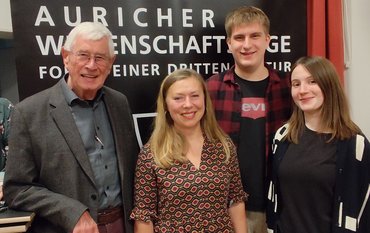
![[Translate to English:] semicircle depicting the future missions, graphics of the new satellites](/fileadmin/_processed_/3/d/csm_2025_10_08_Copernicus_Erweiterung_3f08a76a33.png)
![[Translate to English:] Portrait picture](/fileadmin/_processed_/f/4/csm_Magnall-Joseph-Kachel-c-privat_36e23315c3.jpeg)

